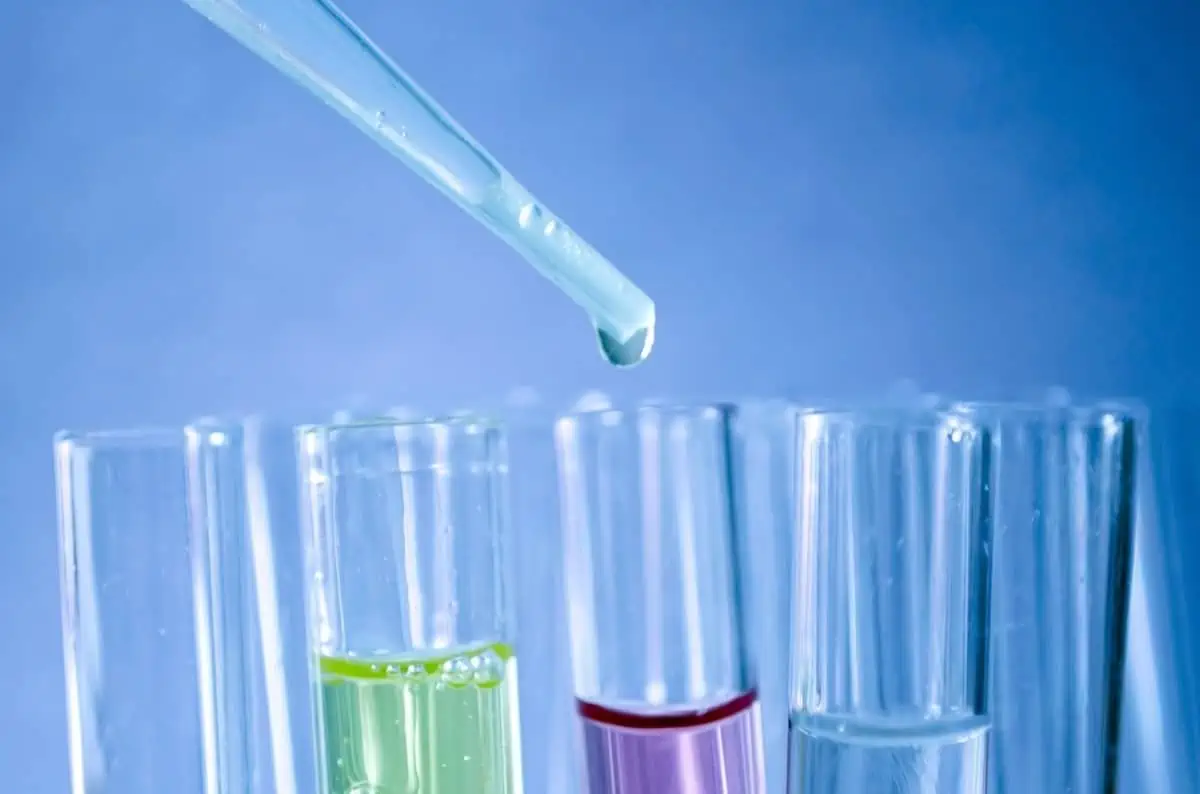Cell banking is a groundbreaking development in the field of biomedicine, playing a critical role in research, therapeutic applications, and the preservation of biological diversity.
This comprehensive article delves into the multifaceted aspects of cell banking, providing a detailed analysis that goes beyond the coverage of similar content, enriched with data and unique insights.
1. Introduction to Cell Banking
Cell banking involves the collection, storage, and preservation of cells under cryogenic conditions, ensuring their viability for future use. It is pivotal in various scientific and medical domains, from drug development to regenerative medicine.
2. The Science and Process of Cell Banking
The core of cell banking is the cryopreservation process, where cells are stored at ultra-low temperatures using liquid nitrogen. This method preserves the integrity and functionality of cells for extended periods.
3. Importance in Research and Medicine
- Disease Research: Cell banks provide a stable supply of cells for studying disease mechanisms.
- Drug Development and Testing: Critical for pharmaceutical research and the development of new treatments.
- Regenerative Medicine: Offers a source of cells for tissue engineering and therapy.
4. Types of Cell Banks
- Master Cell Banks (MCB): The initial collection of cells, stored in multiple aliquots.
- Working Cell Banks (WCB): Derived from MCB and used for ongoing research and applications.
5. Technological Advancements in Cell Banking
Recent innovations include automated cryostorage systems, improved cryopreservation techniques, and the use of artificial intelligence for better inventory management and monitoring.
6. Ethical and Regulatory Considerations
Cell banking raises ethical questions, especially regarding consent in human cell storage, and faces stringent regulatory requirements to ensure safety and efficacy.
7. Challenges and Future Perspectives in Cell Banking
The challenges include ensuring genetic stability over time, scalability, and adapting to emerging technologies like gene editing. The future of cell banking is likely to be shaped by personalized medicine and advanced therapeutic applications.
8. The Impact of Cell Banking on Personalized Medicine
Cell banking is crucial for personalized medicine, as it provides a repository of patient-specific cells that can be used for personalized drug testing and the development of tailored therapies.
9. Conclusion
Cell banking is a cornerstone in the advancement of biomedical research and applications. Its role in disease research, therapeutic development, and the burgeoning field of personalized medicine underscores its importance in the scientific and medical community.
Article and permission to publish here provided by Kathie Disuza. Originally written for Supply Chain Game Changer and published on December 26, 2023.
Cover image by PublicDomainPictures from Pixabay.

